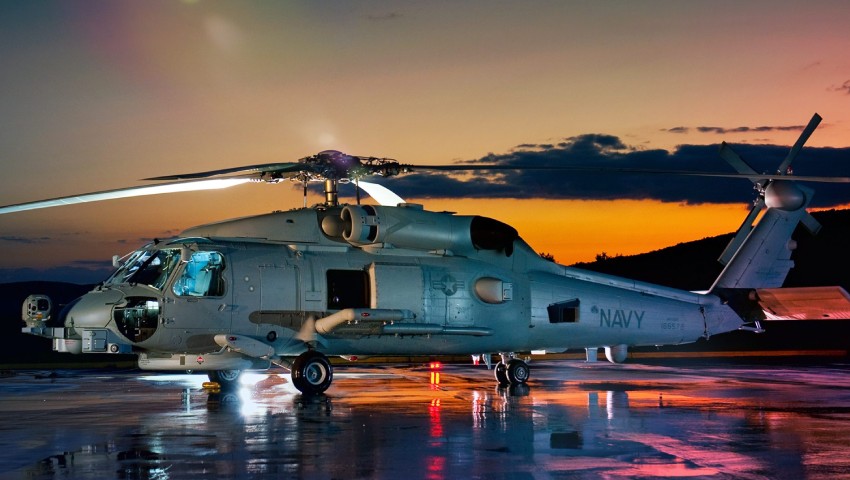Australia’s $1.3 billion request to enhance its Sikorsky MH-60R combat helicopter fleet has been approved.
The US State Department has greenlit the Commonwealth government’s request to purchase an additional 12 MH-60R Multi-Mission (Seahawk) helicopters from Lockheed Martin subsidiary Sikorsky for approximately US$985 million ($1.3 billion).
The deal, which will take the total size of the fleet to 36, includes the provision of spare engines, radars, targeting systems, rocket and missile launchers, sensors, missile warning systems, GPS technology, and electronic countermeasures.
US contractors are also expected to provide engineering, training and logistics support services.
“This proposed sale will support the foreign policy and national security objectives of the United States,” the Defense Security Cooperation Agency (DSCA) said in a statement.
“Australia is one of our most important allies in the western Pacific. The strategic location of this political and economic power contributes significantly to ensuring peace and economic stability in the region.
“It is vital to the US national interest to assist our ally in developing and maintaining a strong and ready self-defence capability.”
The Royal Australian Navy’s fleet of Seahawk helicopters are tipped to bolster anti-surface and anti-submarine warfare capability, while also supporting the execution of vertical replenishment, search and rescue, and communications relay missions.
The Seahawk is equipped with a sophisticated combat systems designed to employ Hellfire air-to-surface missiles and the Mark 54 anti-submarine torpedo.
Some reports have suggested the fleet has expanded in response to technical issues associated with the Airbus-built MH-90 Taipan helicopters, deployed by both Navy and Army.
In June, Defence suspended flying operations of its 47 Taipan aircraft as a “safety precaution” after an issue relating to the “application of the helicopter’s maintenance policy” in the aircraft’s IT support system was identified.
This was the latest in a series of technical incidents associated with the Taipan’s operation.
In 2019, a tail rotor vibration forced the MRH-90 helicopters based at HMAS Albatross to be grounded.
This followed a precautionary landing on HMAS Adelaide from an Army MRH-90 a fortnight earlier, prompting officials to temporary suspend the entire fleet.
The Australian National Audit Office (ANAO) again listed the MRH program (AIR 9000 Phase 2, 4 and 6) as a “project of concern” in its 2019-20 Defence Major Projects report.
The ANAO stated there remains an “ongoing inability” to meet materiel capability delivery milestones and performance criteria relating to the Taipan’s gun mount, aero-medical evacuation equipment and the Common Mission Management System.
In December, the joint committee of public accounts and audit called on Defence to commission a performance review or independent external audit of the entire helicopter acquisition program in lieu of concerns raised by the ANAO.
This followed the establishment of Project SEA 9100 Phase 1 Improved Embarked Logistics Support Helicopter Capability in response to the 2020 Force Structure Plan, which outlined the need to expand and rationalise the support and logistics helicopter fleet operated by Navy, in anticipation of an increase in future naval operations.
"With the Navy’s amphibious and afloat support fleet increasing in number and capability, a commensurate growth in the number of aircraft used by Navy in the support helicopter role is required," a Defence spokesperson said.
Defence is currently in the process of preparing project options for consideration, with the government confirming it is yet to select an aircraft for the Navy’s future fleet of support helicopters as part of the program.








